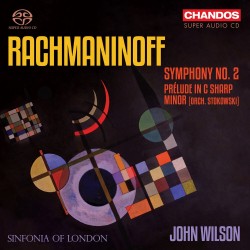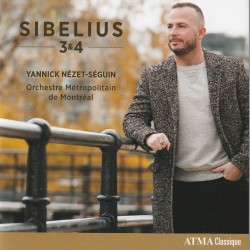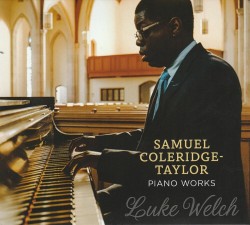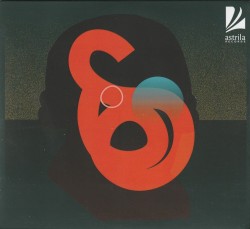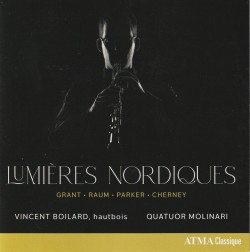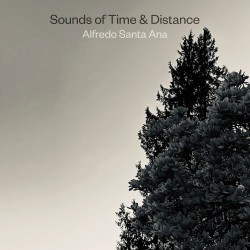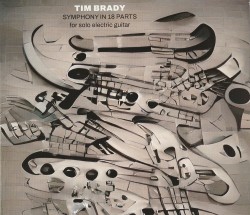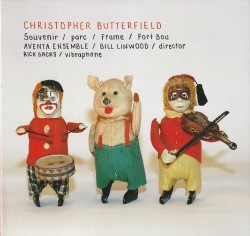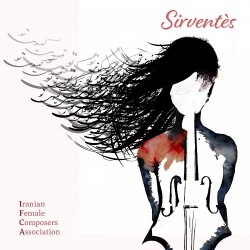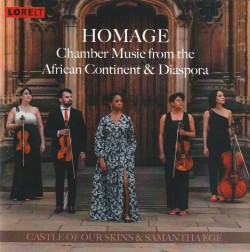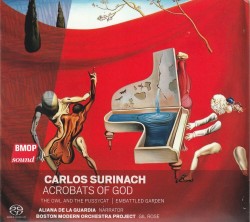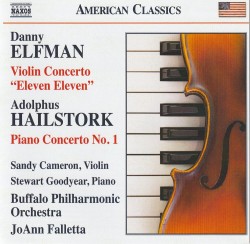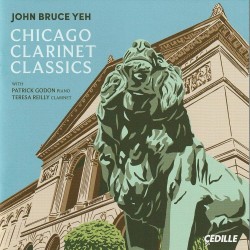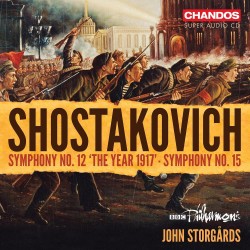Strauss: Also Sprach Zarathustra | Debussy: Jeux - London Symphony Orchestra; François-Xavier Roth
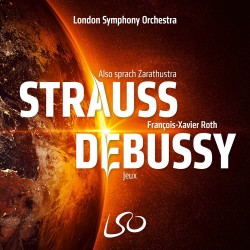 Strauss – Also Sprach Zarathustra | Debussy – Jeux
Strauss – Also Sprach Zarathustra | Debussy – Jeux
London Symphony Orchestra; François-Xavier Roth
LSO Live LSO0833 (lsolive.lso.co.uk)
The tone poem reached its pinnacle with the works of Richard Strauss. In fact, he once said braggingly that he could set absolutely anything to music and certainly this text that probes mankind’s place in the universe proves that point. The opening brass fanfare with the solo trumpet striking a triad C G C, (the tonic, the fifth and an octave leap) sets a tone, a motive that keeps returning and represents the big question mark, the question of existence for which there is no answer. The music then carries through all that constitutes life on earth but according to Nietzsche these are “false consolations,” distractions from the ultimate question, a “rope over the abyss” so to speak. Strauss’ melodic gifts and complex, modern orchestration shine throughout, each section different. There are some lovely highlights, like the solo violin representing Joy, but it all ends with the fatal bells ringing and everything quiets down. At the end two dissonant chords, ambiguity, tells us that there is no answer.
The tremendous opening theme was made famous in 1968 by Stanley Kubrick in the film 2001 – A Space Odyssey, and since then it has become a favourite of conductors (notably Karajan). This latest issue is conducted by François-Xavier Roth, a very busy man all over Europe conducting several orchestras including the prestigious London Symphony, here most assuredly in top form.
Roth is also a champion of French music, and he includes Debussy’s Jeux, a playful work which features, for example, a tennis game with the ball hit back and forth. Incidentally, the piece was a favourite of Pierre Boulez “who found in the quicksilver play of sonority, harmony and arabesque Debussy’s most sophisticated and far-reaching contribution to the artistic revolutions of the 20th century.”


